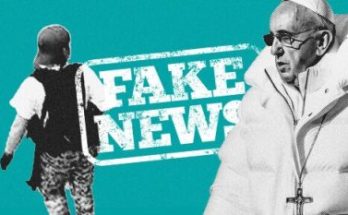By Charles Miller
Among automotive enthusiasts, there is always a debate as to which is the fastest production vehicle. According to a website I consulted, lists the Bugatti Chiron Super Sport with 16-cylinder 1,600 horsepower quad-turbocharged engine as the current champion at 304.7 miles per hour. So, according to my precise calculations, if you were driving a Bugatti Chiron Super Sport you could travel the two miles from the Jardin in San Miguel to the Luciérnaga shopping center in 23.6 seconds. If you believe that, then you probably also believe the online speed tests that allegedly report the speed of your internet connection.
Google Maps can compute the route from the Jardin to Luciérnaga, and it says navigating the two miles takes 12 minutes by car, 9 minutes by bicycle, or a half-hour by walking. Appararently, Google has taken traffic into account when computing the driving time, but 9 minutes by bicycle tells me the programmers at Google have not seen the incline of that uphill ride! So, how long does it really take to make that trip? It depends on circumstances. Extenuating circumstances have everything to do with how long it takes to travel from point A to point B, or how fast an internet connection will be from your location to a remote website.
A few years ago, I had this experience at a client’s location in New York City. The internet connection seemed to be really slow, therefore the Internet Service Provider (ISP) dispatched a service technician to make repairs. When he was finished, he ran a speed test that showed the speed was 312 megabits per second (Mbps). Following I then ran a different test that showed the same modem was connecting at 7.9 Mbps. So which number was correct? Believe it or not, both speed tests were absolutely correct!
The ISP’stechnician had used the computer to run a short burst-speed test to measure the connection from lower Manhattan to a server that was probably a few blocks away in midtown Manhattan, and that speed really was 312 Mbps. Then, using the same computer and same modem, I ran a longer test to determine the sustained speed while transferring a larger amount of data from New York to California, and the result of that test really was 7.9 Mbps. Though widely different results, both tests were technically accurate.
Obviously the ISP’s tech was putting his best foot forward by showing that his company’s network inside the city was performing at lightning-fast speed to a destination a few blocks away. However, I used a more comprehensive test that depended on a long chain of other servers outside the city, perhaps in Cleveland, Chicago, Kansas City, Denver, or Los Angeles, any one of which could have had slowed down the connection resulting in a much slower speed connection to California 3,900 miles away.
I hope this example has provided clarification when comparing internet speed test results; it is important to run the test needed for your application. Keep in mind, test results may not show equal results; they are not wrong, they are just different given the parameters tested.
Charles Miller is a freelance computer consultant, a frequent visitor of San Miguel de Allende, since 1981, practically a full-time resident. He may be contacted at 415-101-8528 or email FAQ8@SMAguru.com.




